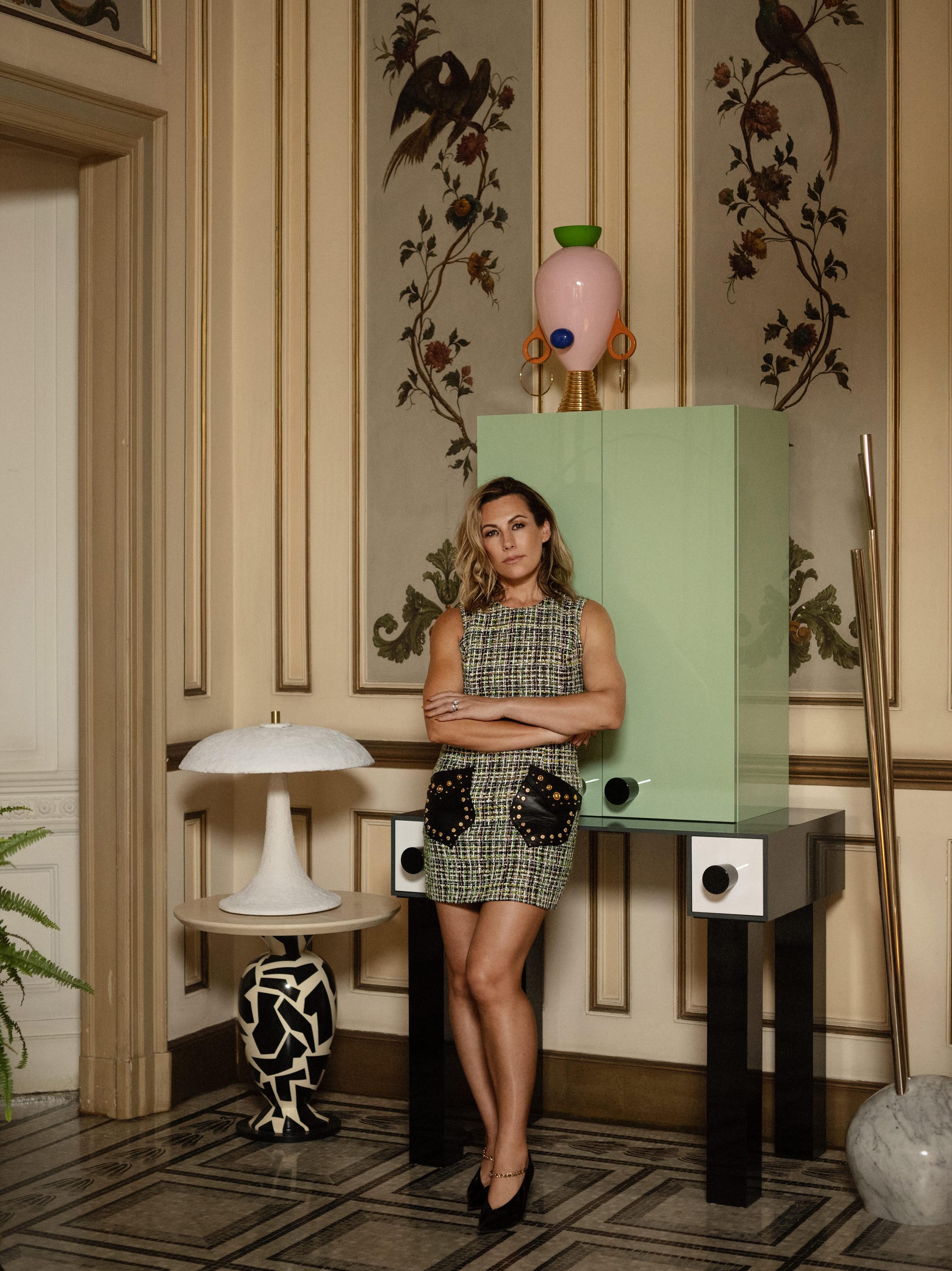
9 minute read
Live Through Simone Haag at Milan Design Week 2025
INTERVIEW Sophie Lewis PHOTOGRAPHY Tomaso Lisca & Luca Argenton, courtesy of Artemest
As the first Australian invited to exhibit, interior decorator and stylist Simone Haag designed The Foyer at Artemest’s 10th-anniversary L'Appartamento for Milan Design Week 2025. Joining five other studios, she reflects on how she worked within the historic Palazzo Donizetti to create a 'landing page' for the experience.
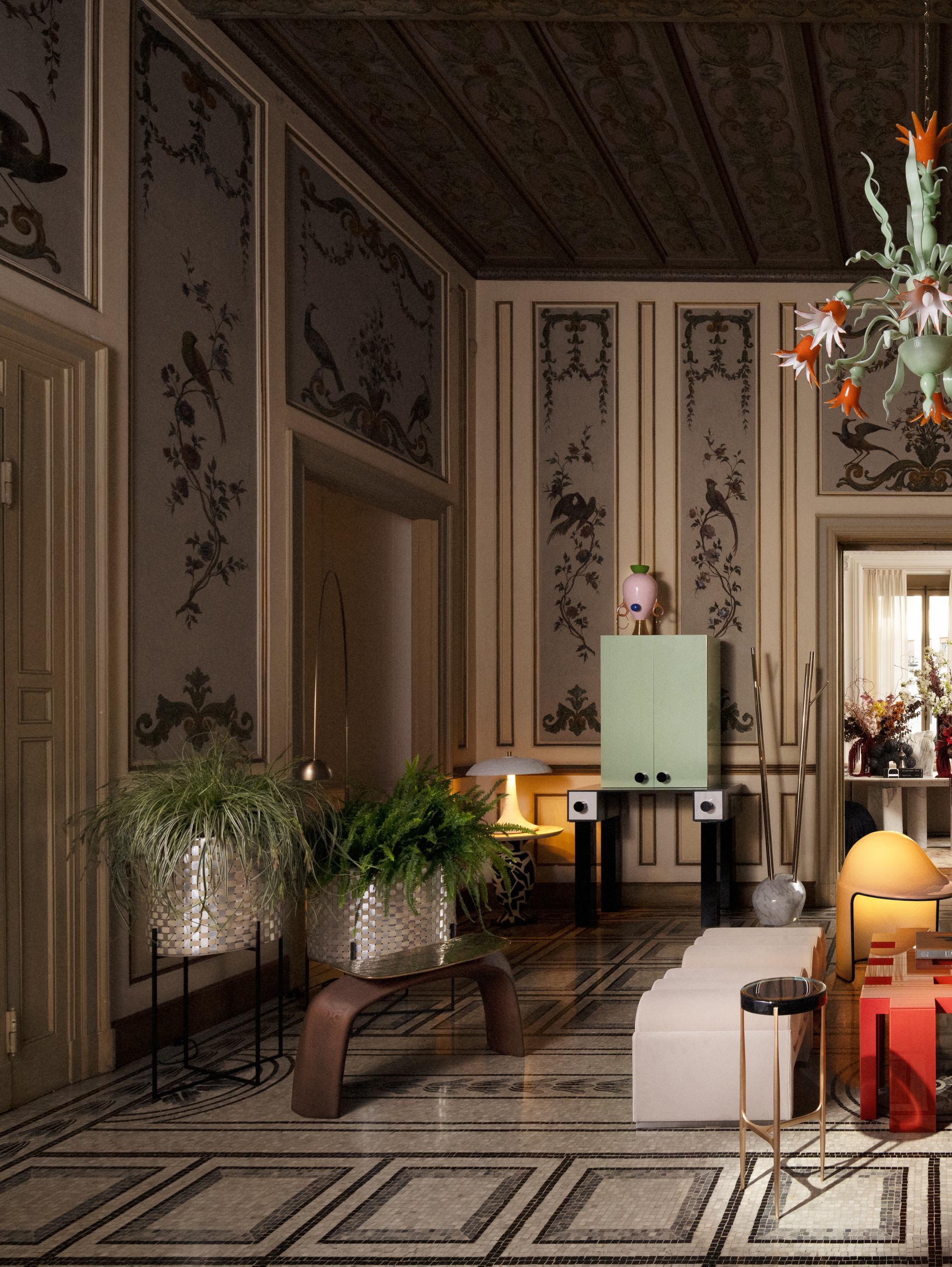
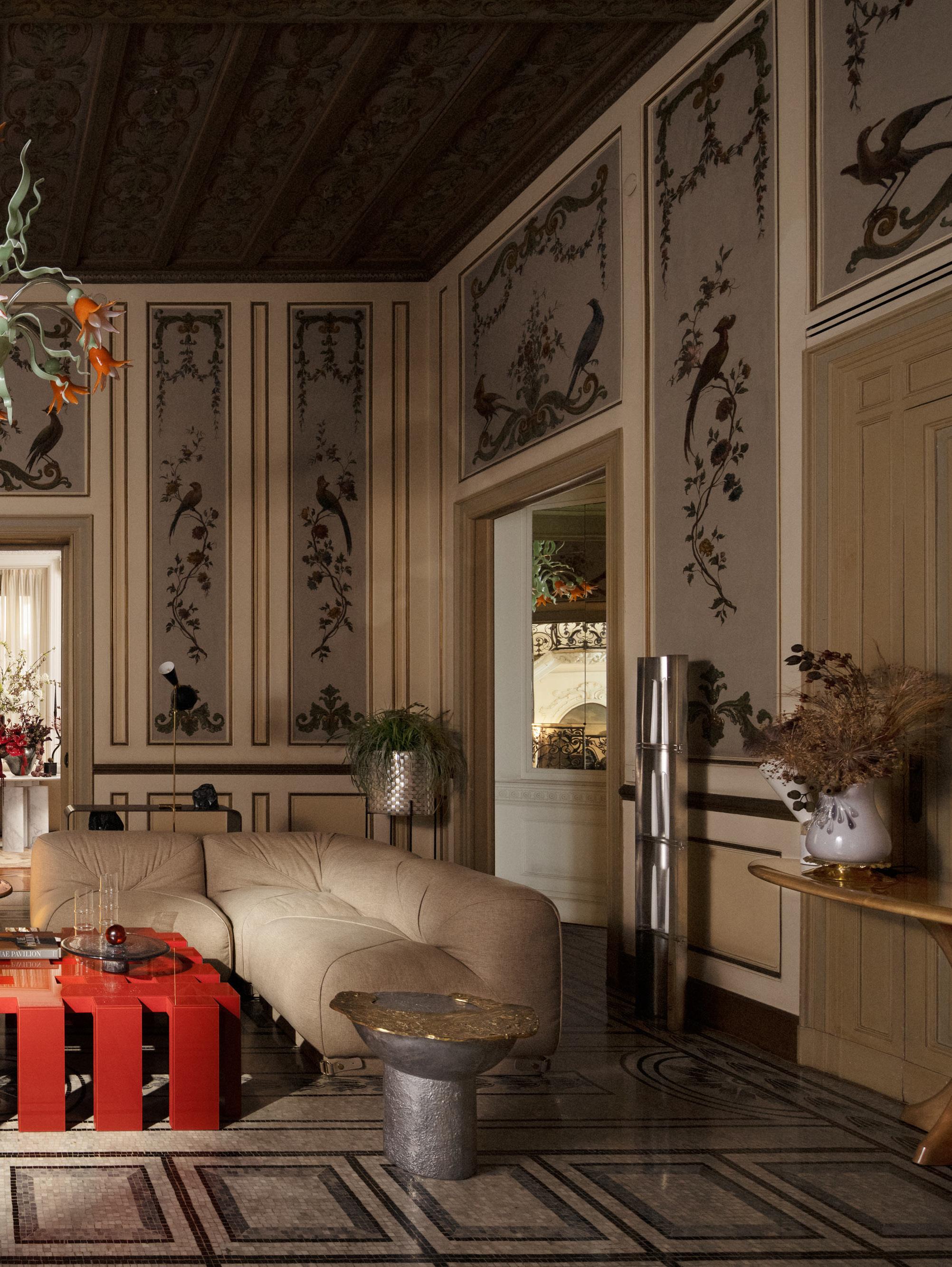
Congratulations on The Foyer at L’Appartamento by Artemest for this year’s Milan Design Week 2025. You were the first Australian designer to be featured in the group exhibition. How did the opportunity to participate in this landmark 10th anniversary edition come about?
Simone Haag: Thank you—it's truly an honour to be part of The Foyer at L’Appartamento for Milan Design Week 2025, especially as the first Australian designer to be featured in Artemest’s group exhibition, and for their 10th-anniversary celebration.
To be able to interpret The Foyer—a space that traditionally sets the tone for everything that follows—felt like the perfect metaphor for this moment in my practice. On more than one occasion, a fellow Australian thanked me for ‘flying the flag’, which was special.
The opportunity came about quite organically through my long-standing relationship with Artemest. I've specified their collections for years—not just because of their craftsmanship, but also because of the way they honour Italy’s design heritage while embracing contemporary sensibilities. Over time, that relationship naturally evolved into deeper conversations around collaboration, and when the team approached me about participating, I couldn’t say yes fast enough.

You were tasked with designing the first space visitors encounter. How did the role of The Foyer as a point of arrival shape your vision for the room?
Simone Haag: Designing The Foyer as the first space visitors encounter came with both a sense of responsibility and creative opportunity. As the point of arrival, it needed to set the tone immediately, not just aesthetically, but emotionally as well. I saw it as the ‘landing page’ of the entire L’Appartamento experience; that critical first impression where you begin to sense the rhythm and narrative of what’s to come.
What made this room particularly unique—and a creative challenge—was that it was the most richly detailed in terms of its existing architecture. The walls were completely untouchable, which meant I had to work with, rather than over, the existing beauty of the space. That constraint became a guiding force in my design thinking. I leaned into the idea of welcome—how to create intrigue, and a feeling of being simultaneously grounded and transported, without altering the canvas itself.
Instead of treating the room as a static entryway, I envisioned it as a moment of pause and curiosity. It’s an introduction, yes, but also an invitation. Hence the collection of pieces that invite you to stay a while—a sofa, a chess table, a drinks cabinet.
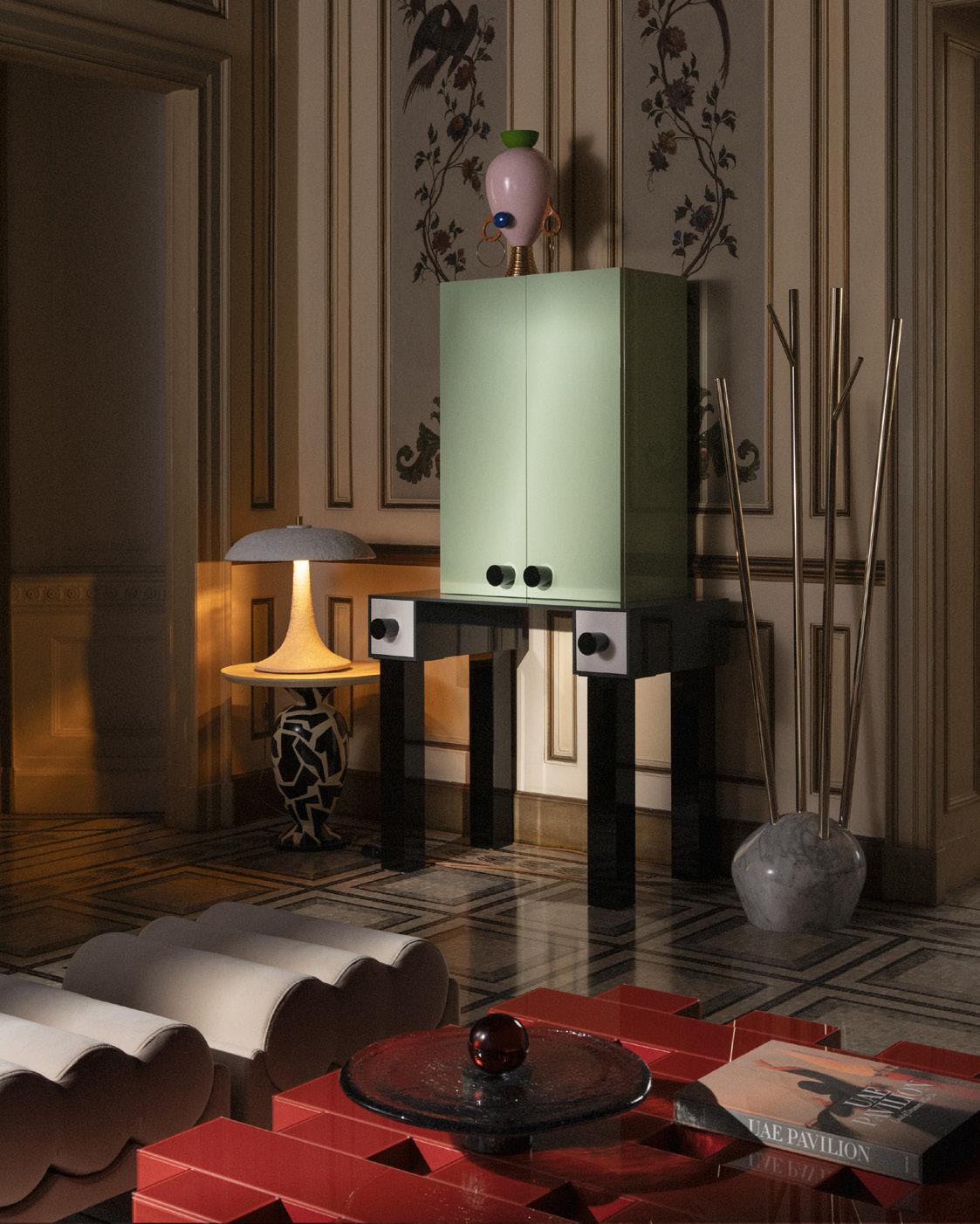
Set within Palazzo Donizetti, how did the building’s history and ornate detailing inform your design response?
Simone Haag: Stepping into Palazzo Donizetti as an Australian designer was both awe-inspiring and humbling. We simply don’t have architecture like this back home. It was an environment that felt quite foreign in the best possible way.
I was drawn to the idea of contrast: marrying the grandeur of the architecture with lightness and play, creating a space that respected its past while still feeling fresh and alive. Of course, practical considerations were also significant. The room had six door openings, a window, and was expected to accommodate a constant flow of thousands of people throughout the week. So it needed to function almost like a stage set—visually engaging from every angle, but also allowing for seamless movement. Every element was designed with intention: to frame the architecture rather than obscure it and to gently nudge visitors into the experience.
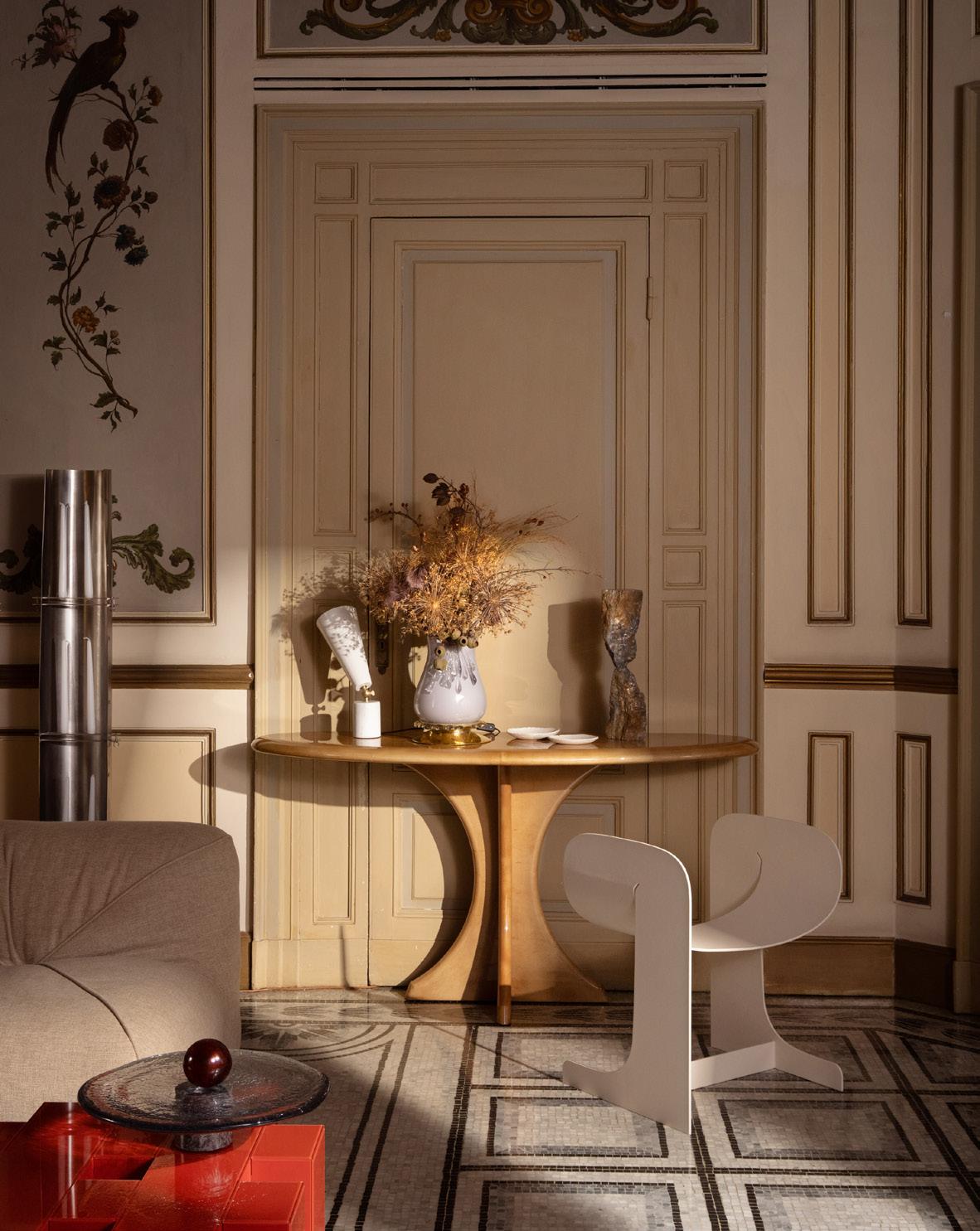
How did you find a balance between the grandeur of the space and your own design language?
Simone Haag: Once I was briefed on my space, I began selecting pieces. Certain furniture pieces and objects immediately stood out. They spoke the same language. As a collective, they would have looked great anywhere, but having them live within a space of such incredible history, with frescoes and marble mosaic flooring, was a beautiful bonus.
I was drawn to pieces that had an inherent sense of character— objects that carried their own quiet narrative, yet also felt open-ended, as if they were waiting to be interpreted. The vignettes weren’t overly styled or static; instead, they were composed to feel slightly in motion, as though someone had just walked through or was about to enter. That sense of movement was important—it brought a vitality to the space, especially in contrast to the permanence and stillness of the architectural shell.
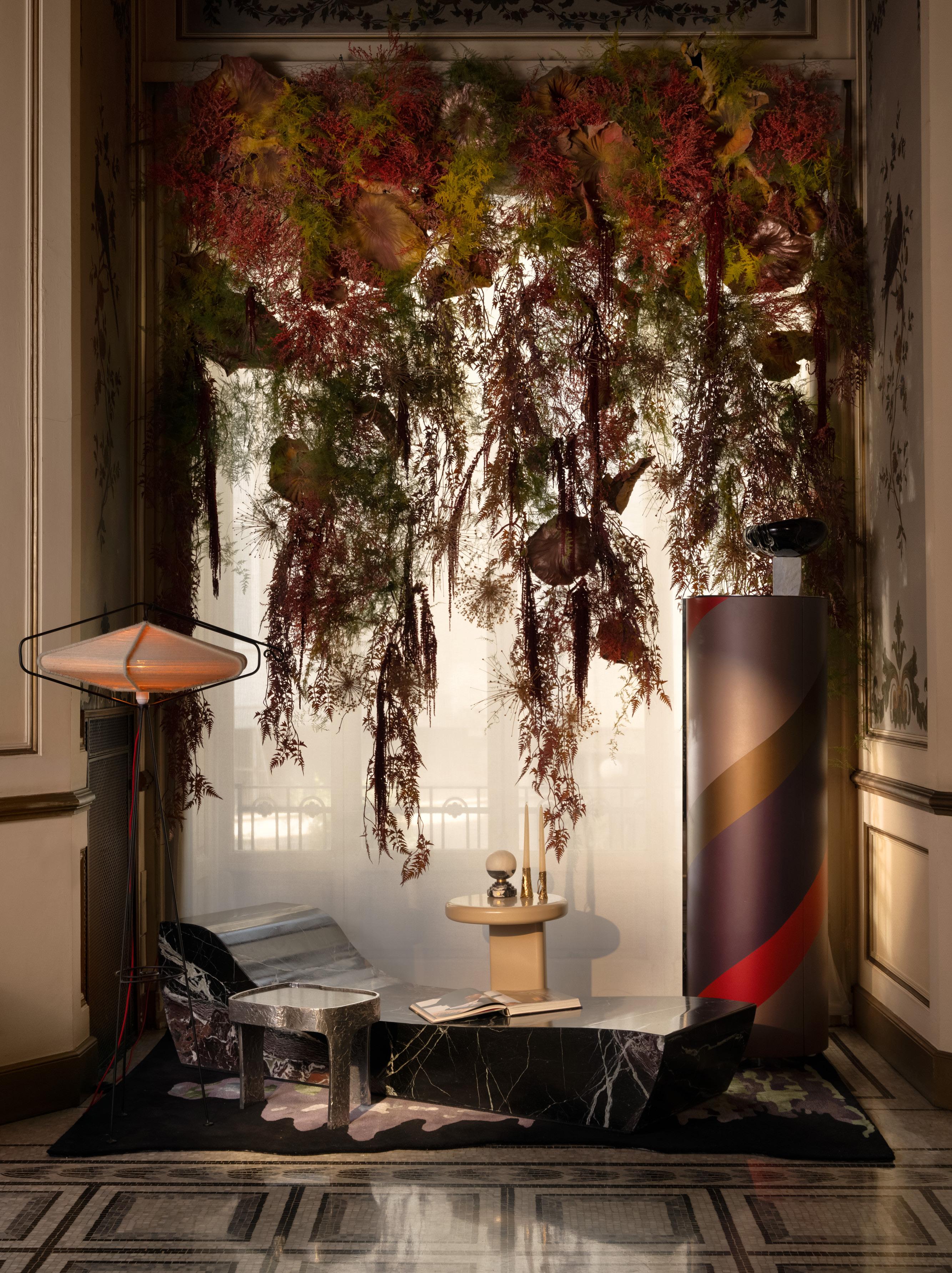
If you were to highlight one standout piece or designer featured within The Foyer, which would it be?
Simone Haag: That’s like asking me to pick a favourite child! But if I had to highlight one, the Terry red glass coffee table would be it. It was the first piece I selected and captured the spirit I was after. There’s something about its boldness—the form, the colour, the way the gridded detail matched the floor—that resonated with me.
Closely behind it was the Ernest bar cabinet, with its Memphis-inspired detailing and a tone of green that lies somewhere between pistachio and chinois green. Both of these pieces felt like anchors within the room. Because of their strength, other elements, like the Almond console table, needed to take a quieter, supportive role.

How did you see your space in dialogue with the rest of L’Appartamento?
Simone Haag: Even though the six studios came from totally different corners of the world, the palazzo itself—and Artemest’s sharp-eyed curation of artists and makers—gave us a shared 'grammar.' Soaring ceilings and period detailing were the common backdrop, while the furniture, lighting and objects were all drawn from the same pool of Italian craftsmanship.
From there, each of us tuned that language to our own accent. Some rooms were quiet and restrained, while others went full volume with colour and pattern. The Foyer sat more in the eclectic space. Walking through the apartment felt like a curated playlist—the tracks were different, but the soundtrack was smooth.
An additional parameter was Artemest’s 'no duplicates' rule: once a piece was claimed by a studio, it was off the table for everyone else. The selection process became a refined form of speed-dating the catalogue: you had to trust your instincts, commit quickly, and then pivot gracefully if a favourite was spoken for. I did lose a handful of pieces to faster selectors, yet those near-misses proved serendipitous. The items I eventually chose suited The Foyer perfectly, while the ones that slipped through found their ideal context in neighbouring rooms.
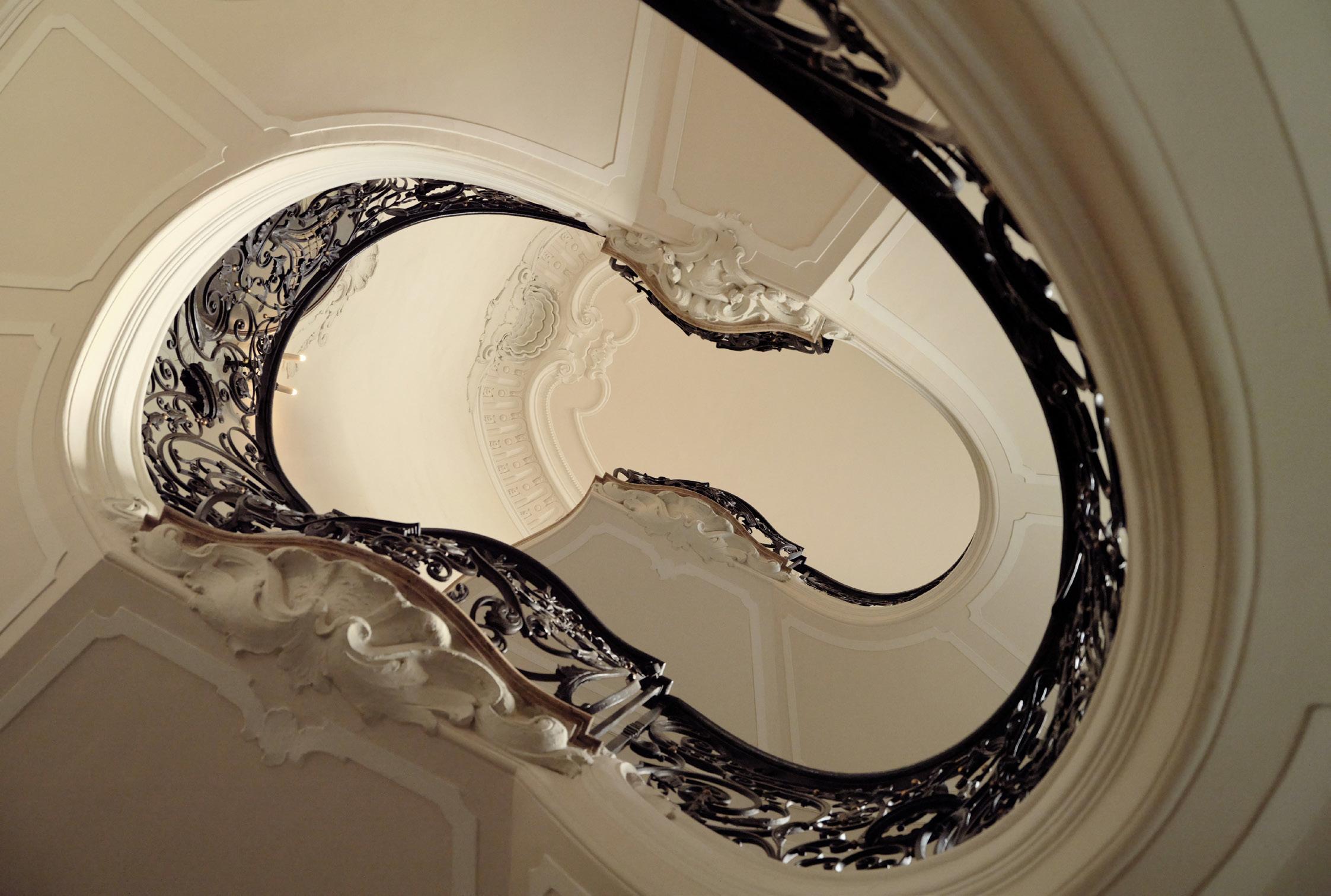
Did you have any favourite discoveries from the other rooms in the exhibition?
Simone Haag: One of the rare luxuries of L’Appartamento was the chance to walk through five 'private residences' conceived by one’s peers. As designers, we seldom step inside a finished home by another studio. I came away with a handful of 'why didn’t I think of that?' moments; those discoveries reinforced what I enjoy most about collaborative exhibitions: you witness six completely different design responses, and you leave with a whole new set of tools in your visual vocabulary.
How was The Foyer received during Milan Design Week?
Simone Haag: I’m still processing the week, yet a few moments are etched in my mind. For six straight days a queue snaked around the block. I loved the quiet nod and smile from visitors who realised I was the designer—the Italian saying ‘complimenti’ meant as much as any headline. Then came the formal feedback: editors from the international design press called the curation fresh, and future clients said, 'We felt instantly at home—can we talk?' Hearing that confirmed the emotional brief had resonated with them.
What touched me most, though, was the contingent of Australians who visited Palazzo Donizetti. Their pride was palpable, reminding me of how special it is to represent home on the Milan stage.










